If you struggle to fall asleep or wake up feeling like you barely slept, you’re not alone. The modern world is stacked against quality rest—and one of the biggest, most overlooked culprits is light exposure at night.
We’ve trained our bodies to stay alert 24/7, thanks to phones, laptops, and bright overhead lights. The result? Disrupted sleep, lower energy, and brain fog that won’t quit.
But what if the color of light could help reset your body’s natural rhythm?
Let’s break it down.
The Hidden Enemy: Light at Night
Your body runs on a 24-hour clock called the circadian rhythm. It tells your brain when to wake up, wind down, and fall asleep.
The hormone melatonin is the brain's sleep signal when it gets dark. But blue light from screens, LEDs, and standard bulbs, shuts melatonin down. That means your brain won’t let you rest even if you feel tired.
Blue Light vs. Red Light – What’s the Real Difference?
🔵 Blue light = stimulation. It tells your brain it’s daytime. That’s useful in the morning—but disastrous before bed.
🔴 Red light doesn’t signal sleep—it simply doesn’t block it. It allows your body to wind down naturally without interfering with melatonin production.
Here’s where most people get misled:
Just because a light looks red or orange doesn’t mean it’s sleep-friendly. Many warm-looking bulbs still contain green or blue wavelengths, which can disrupt your circadian rhythm.
That’s why spectrum matters. To truly support sleep, your lighting must remove blue, not just appear warm.
The Science: How Red Light Supports Better Sleep
A study published in the Journal of Athletic Training found that athletes exposed to red light before bed had improved sleep quality and higher melatonin levels compared to those who weren’t.
Another study in Sleep Medicine showed red light helped shift workers fall asleep faster and feel more rested, even on irregular schedules.
🔴 Red light isn’t a sleep trigger—it simply doesn’t block your body’s natural cycle like blue and green do. It creates a neutral environment where your brain can wind down and melatonin can rise without interference.
⚠️ But Red Light Isn’t Bulletproof
Because red light doesn’t signal sleep, it just removes stimulation, it’s fragile. One burst of blue or green light can interrupt melatonin production and confuse your body’s internal clock.
To get the full benefit of red light at night:
• 🚫 Avoid all other light sources after switching to red
• 📱 Use your phone in red screen mode, or better yet, put it down (night shift isnt enough)
• 🪟 Install blackout blinds to block outdoor street lighting
• 💡 Turn off all other ceiling lights, lamps, and screens
Your environment needs to send one consistent message: it’s nighttime. Even a few seconds of the wrong light can confuse your brain and delay sleep for hours.
How to Use Red Light for Maximum Impact
1. Replace your bedroom and reading lights with red-spectrum bulbs.
2. Turn off overhead LEDs and cool-white lamps after 8PM.
3. Use red light 30–60 minutes before bed to trigger melatonin release.
4. Avoid screens or use blue light filters if you must be on devices.
Why Vitaelight Red Bulbs Are Built for Better Sleep
Not all red lights are created equal. Some flicker, some are too bright, and others give off unwanted heat.
Vitaelight red bulbs are:
• Flicker-free and low-glare
• Set to the optimal sleep-friendly wavelength
• Designed for reading, nursing, and wind-down routines
• Safe for kids, babies, and sensitive eyes
When you install a Vitaelight bulb, you’re not just lighting your room, you’re aligning your body with its natural sleep rhythm.
The Bottom Line
Yes, red light supports better sleep, not by forcing it, but by getting out of the way. It lets your body do what it’s designed to do: wind down naturally, produce melatonin, and recover deeply.
Ready to see the difference?




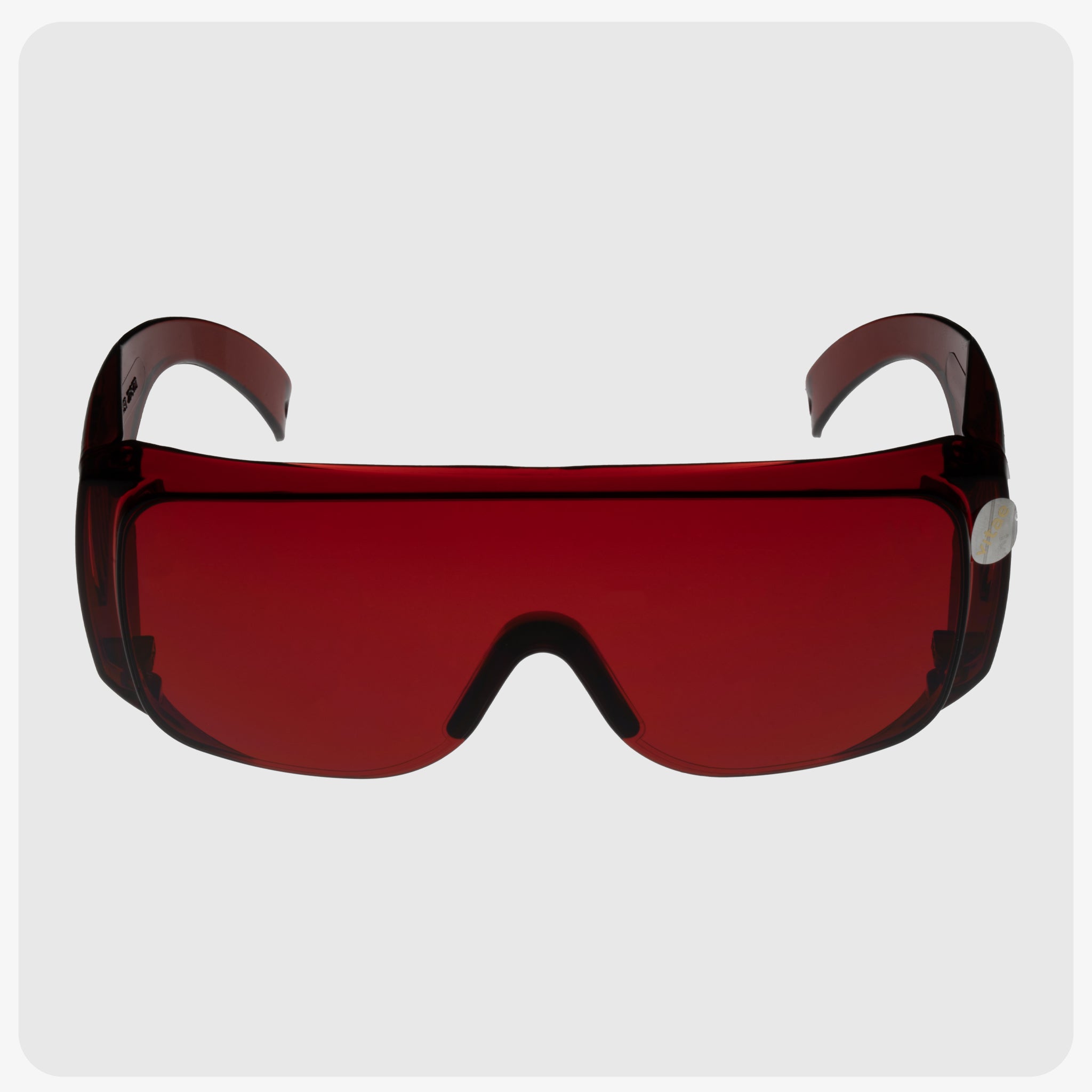
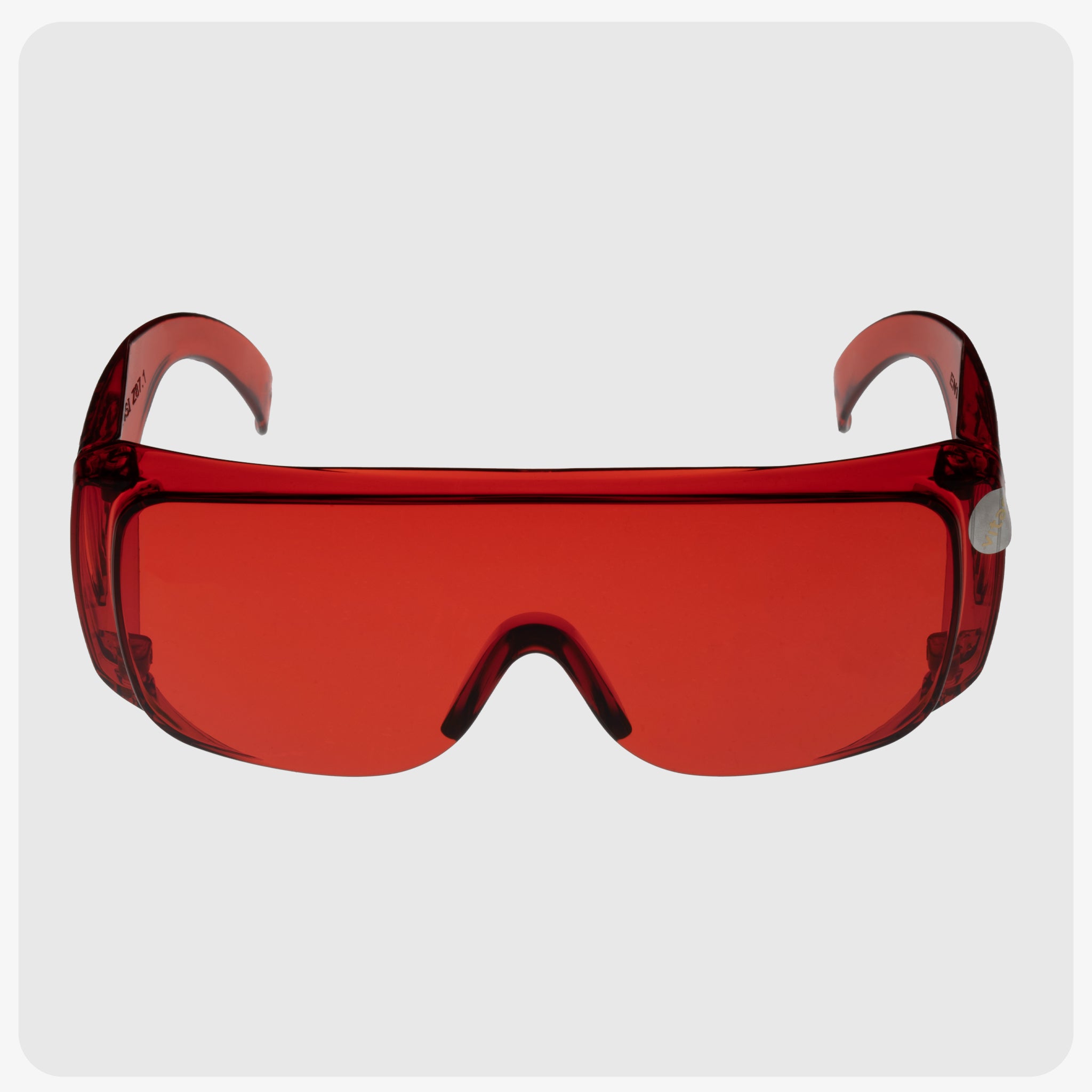

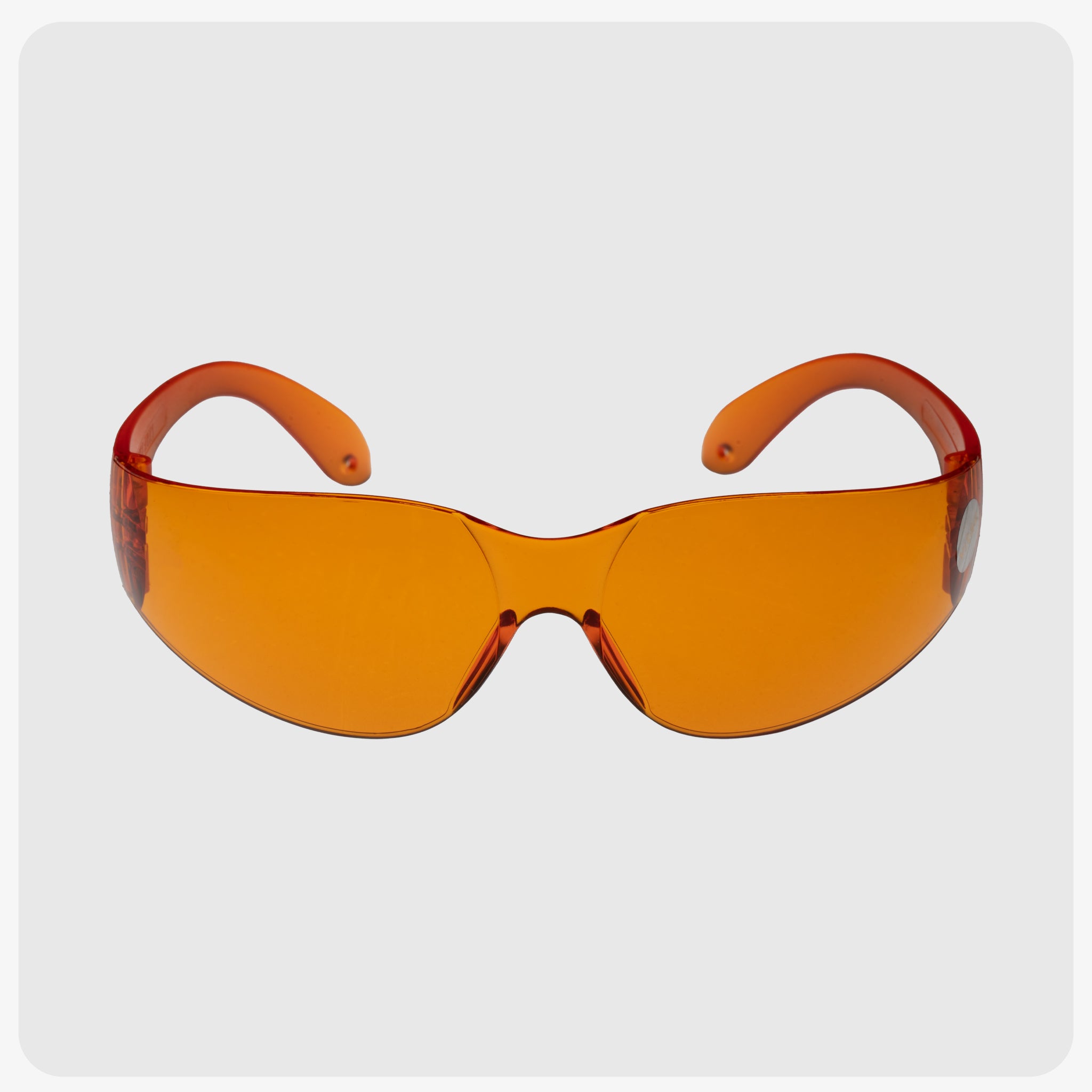
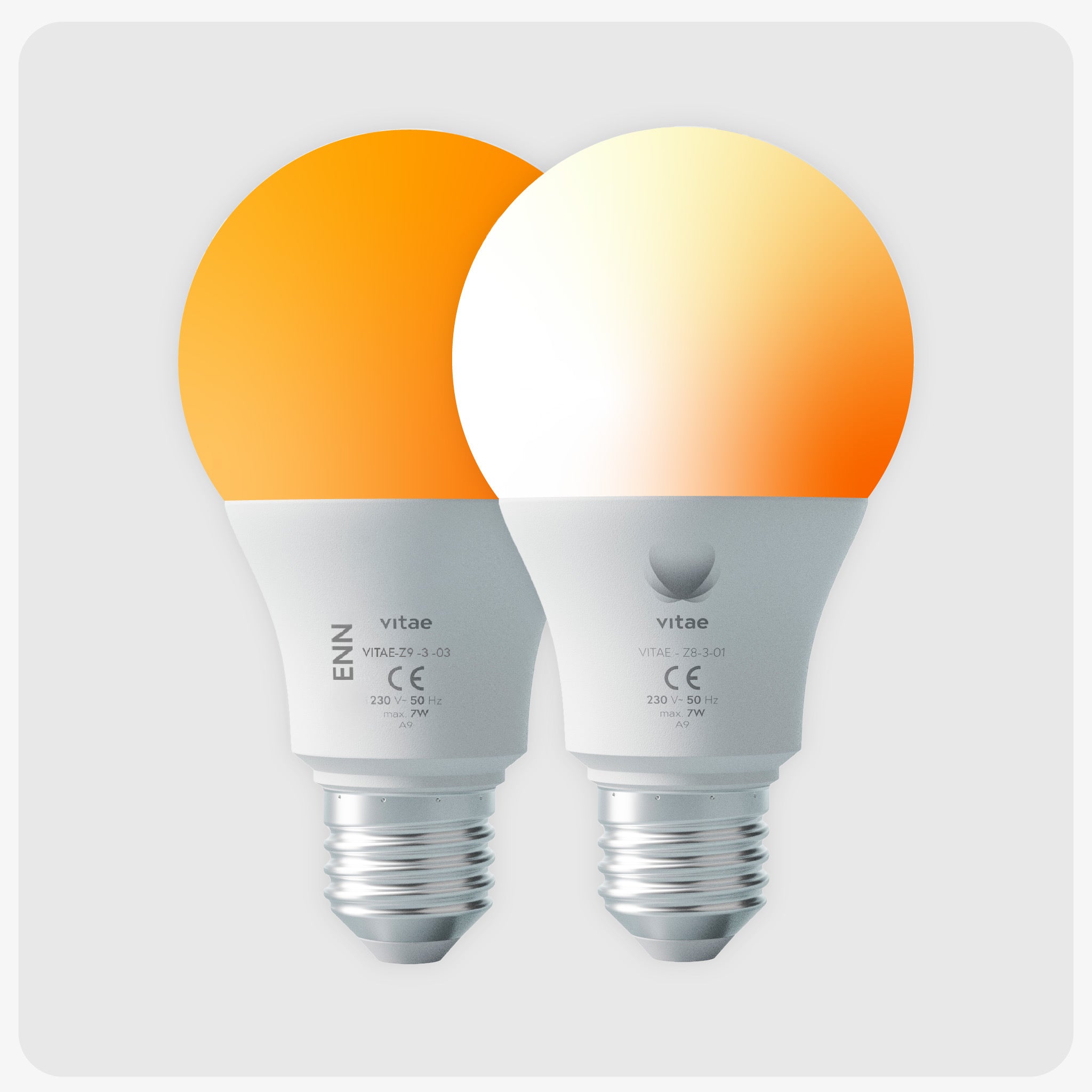
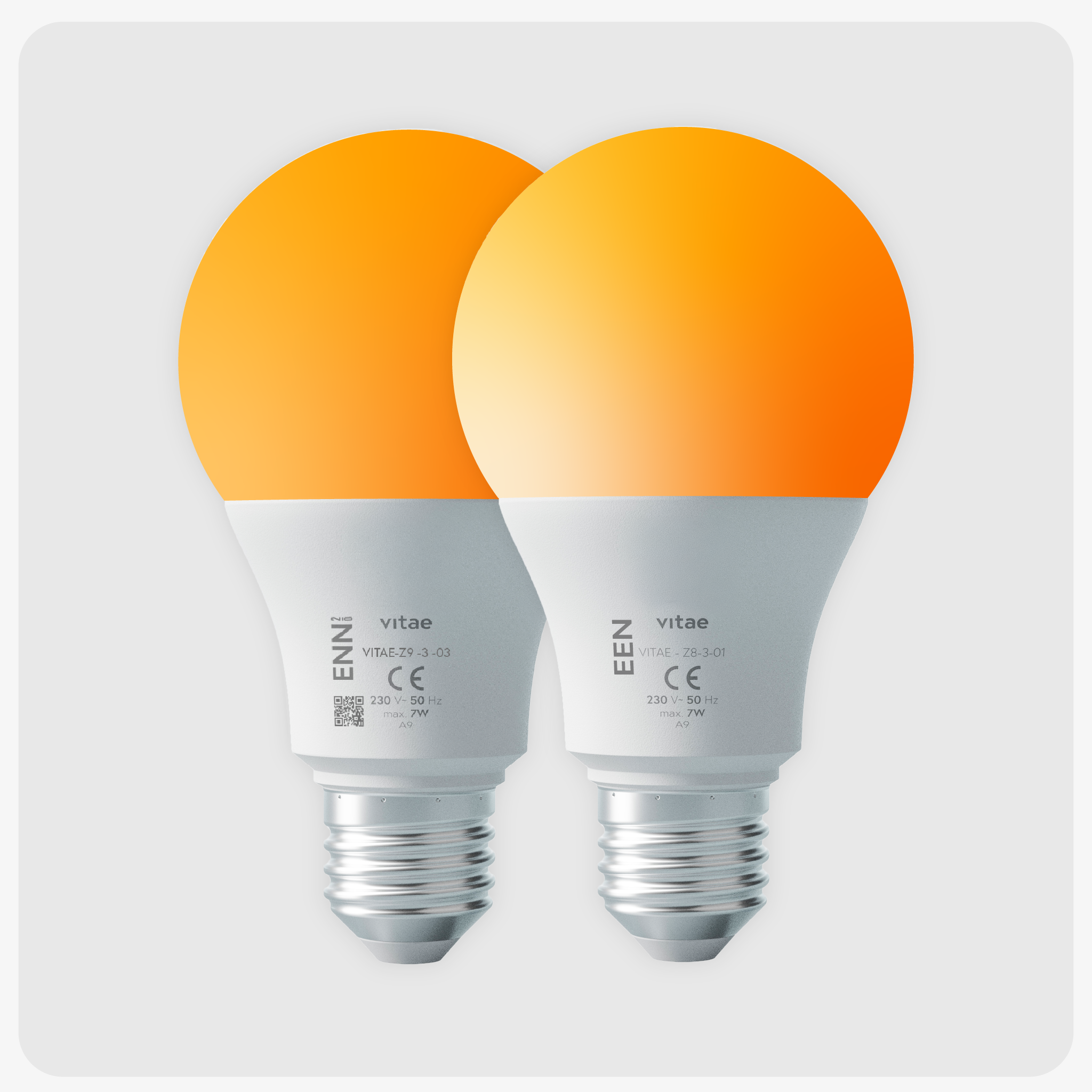
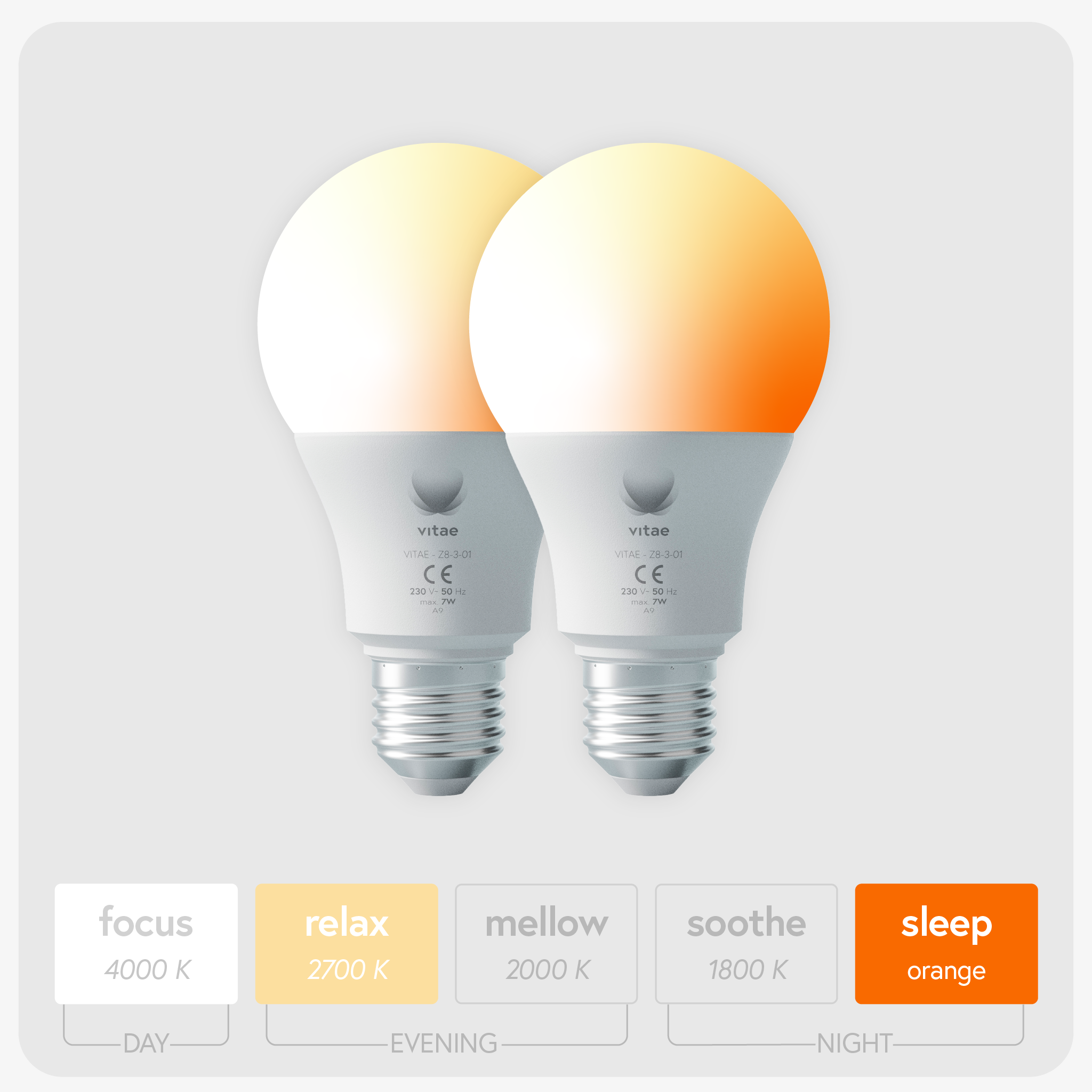
Share:
Night Shifts & Broken Sleep: How Red Light Helps You Reset Your Body Clock